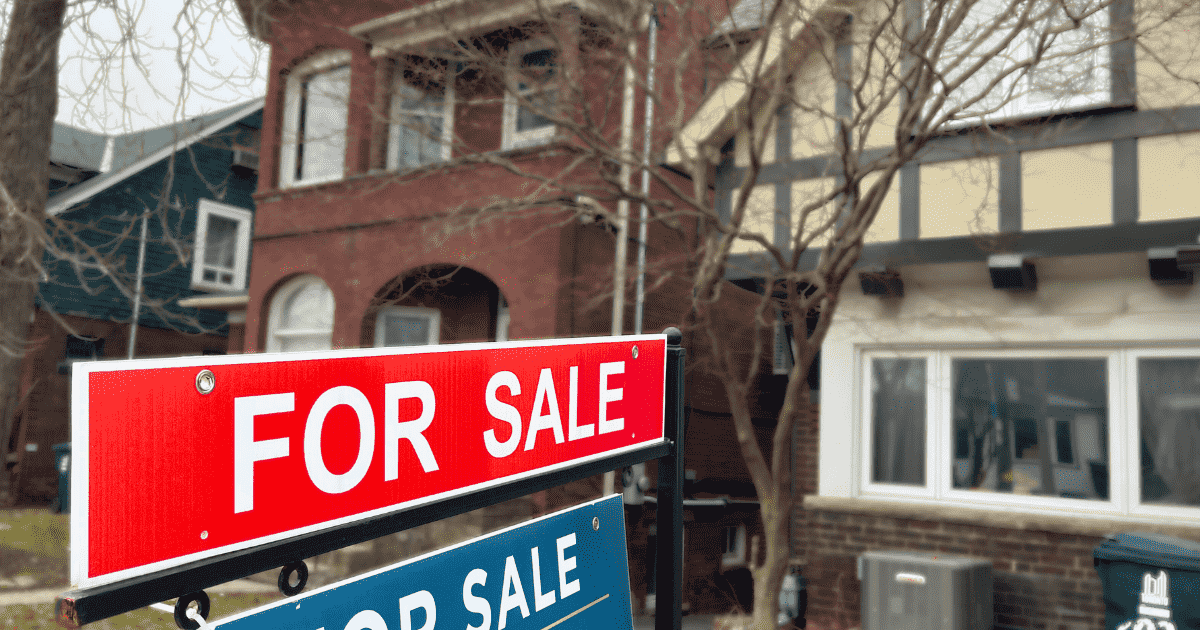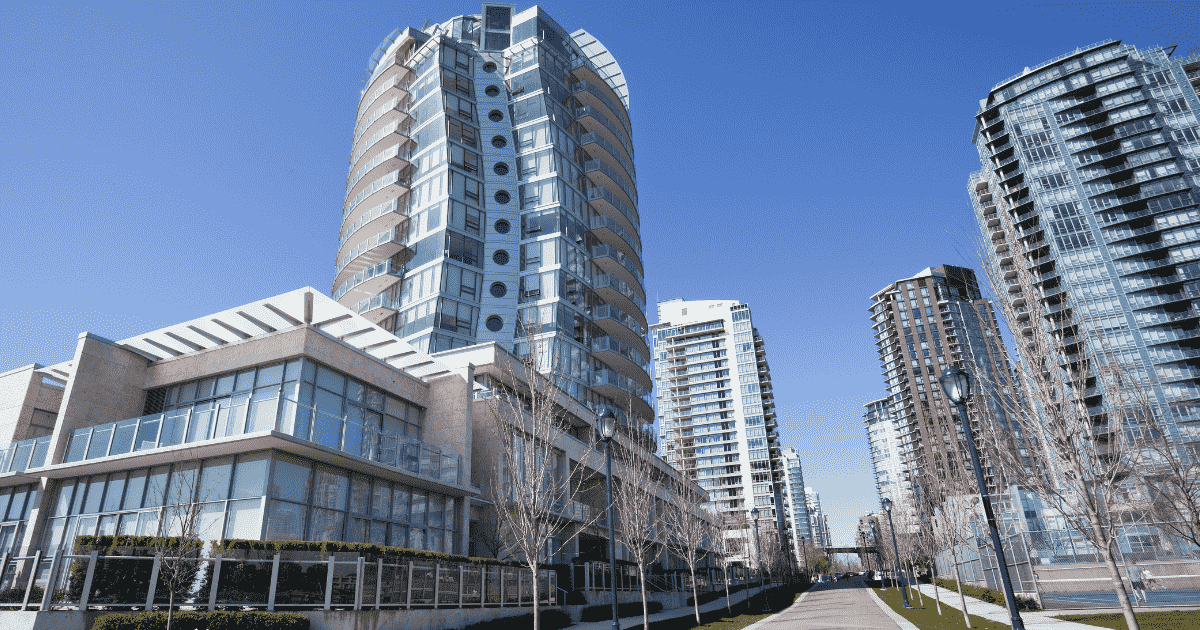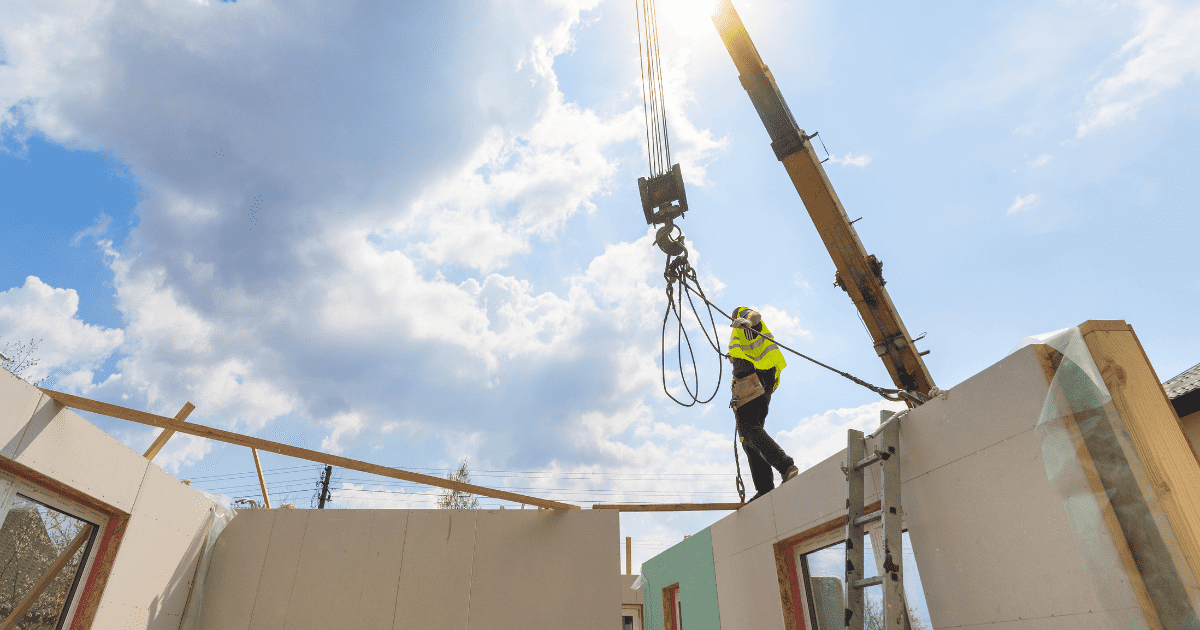Canadians have a nostalgic connection to the one-room log cabin.
Indigenous First Nation people, fur trappers, pioneers and settlers share a part of this romanticized symbol of courage, independence and self sufficiency. One room was enough space to cook, clean and sleep for many generations. The 18th-century pioneer families lived through many long cold Canadian winters, shoulder to shoulder, in tiny square log cabins without windows or running water. They sacrificed comforts for the opportunity of a better life, to live on and steward a piece of land.
More than 150 years later, the quest for a small self-sustainable dwelling on a quiet piece of land remains one of the top dream lifestyles that Canadians seek.
Not to be deterred by the unreachable purchase price of a detached home, people are turning to smaller, less expensive, creative options. The renovation and conversion of unconventional spaces into habitable dwellings became urgent necessity for those who faced impoverishment through job loss, financial instability and rental scarcity.
It is hard to know exactly how many Canadians are currently living in unconventional homes, but rest assured they are not a fringe minority. Creative housing solutions including laneway houses, cottages, granny flats, cabins, diesel pushers, RVs and “tiny homes” are all small but comfortable living spaces that thousands call home.
Urban dwellers have been living in one-room 500-square-feet bachelor suite apartments for decades, so the social acceptability of small space living is not a hurdle. What needs to change is the public’s perception of what constitutes a detached permanent residence. Owning a tiny dwelling as a starter home can be a steppingstone to traditional home ownership, a way to live debt free and retire within your pension budget and remain financially independent.
Sustainable development through multi-unit and micro-housing has been championed as the way forward by the federal government’s National Housing Strategy. The $72 billion made available to this 10-year initiative was to make housing more affordable. Urgent request for proposals went out Canadawide to developers and communities for creative ideas to build and renovate rapid housing projects.
To date, thousands of unused hotel rooms have been renovated into micro-units in urban Ontario through the rapid housing initiative, along with new construction of multi-unit subsidized and community housing renovation projects in every province. Calgary Alberta created a fantastic village called Homes for Heroes, made of 15 300-square-foot tiny homes, built for former members of the Canadian Armed Forces. These micro homes are equipped with cable and internet, as well as fully functioning kitchens and outdoor deck space.
Quebec, Ontario and many U.S. states have established tiny home regulations, bylaws and villages. Feasibility, land use zoning regulations and building codes for tiny homes and villages in B.C. are making great strides forward. The B.C. Building Code does not prohibit tiny homes. A house can be as small as possible provided it meets the code objectives of safety, health, accessibility, fire and structural protection, and energy and water efficiency.
A micro-housing unit under 400-square-feet that is designed for year-round living with a place to cook, eat, sleep, live and wash qualifies as a dwelling under the B.C. Housing Code.
Tiny homes in the traditional sense are built on a trailer chassis and are mobile, and yes, specific insurance companies will cover tiny houses on wheels manufactured by a certified RV builder bearing the Recreation Vehicle Industry Association seal. While technically RVs are not considered permanent dwellings, insurance companies offer a full-time RV option that’s similar to a homeowners policy.
Many campgrounds and villages across the country will only allow tiny houses on wheels to park on their premises if they have the RVIA Seal. Financing of tiny homes is transacted through a bank that offers RV loans for CSA/RVIA certified homes.
In 2021, B.C. Housing, released a report titled: Tiny Homes: An Alternative to Conventional Housing? The report explored case studies in Prince George, Nanaimo, Tofino, Squamish and Victoria. It identified and outlined the challenges and solutions with tiny homes in each community.
The report concluded that “Tiny homes can be a viable typology for the ‘missing middle,’ and for individuals who aspire to attain detached single-family homeownership. Further work is required to make tiny homes a safe and compliant housing form, and therefore, local and provincial governments are encouraged to:
- Consider tiny homes as an allowable dwelling unit and a viable typology to address the ‘missing middle’ that can assist in delivering affordable homeownership and increase rental options across B.C.
- Reassess affordable housing strategies and include tiny homes in the provincial building code and in official community plans.
- Explore tiny homes as a form of emergency shelter in response to natural disasters and homelessness, when housing needs are most immediate.
- Investigate ways to regulate and legalize this housing form, and its associated industry, so that those who choose to live tiny can champion safety, quality and innovation.”
B.C. Housing’s published findings and recommendations are a huge leap forward and provide investment confidence in the planning and development of larger, rural, tiny home villages.
The saying, “if you build it, they will come” applies to the tiny home movement. If there were more locations available for tiny homes to be placed, there would be more people ordering them from certified builders. B.C. has thousands of acres with the zoning and potential for share sale lots by developing tiny home/RV villages. Commercial tourism properties like RV Park Resorts and large rural development acreages with access to grid services are ideal locations to undertake the subdividing and creation of code-compliant lots for share sale or tiny home rental pads.
Tiny house models are available to purchase and built by custom order by certified local companies like Rewild Homes on Vancouver Island and Hummingbird Micro Homes in Fernie. Expect to pay a minimum of $30,000 for a finished 300-square-foot home. Anything larger or more opulent costs upwards of $50,000 to $80,000. An all-seasons certified tiny home can appreciate in value and they are built to sleep up to four people. With small loan payments plus pad rental fees of $600/month, a tiny home still comes in below the cost of rent in many communities.
Three established, successful tiny home villages in B.C. include Big Calm Tiny Homesteads, a premium tiny home community for permaculture-inspired remote digital workers, located in the heart of the Kootenays; Wheatgrass Tiny House Community in Mt. Baldy, the first Okanagan off-grid tiny home community; and Bluegrass Meadows Micro Village, located approximately 10 minutes from downtown Terrace, B.C.
Once you start knocking on the doors of unconventional home ownership, you realize there are comfortable, compliant, affordable options available and that living large is relative to the richness of your lifestyle. The tiny home movement offers real-world solutions to housing affordability and maximizes land use and environmental responsibility.
Home prices are continuing to rise as we head into spring and the future of independent home ownership requires an entry level purchase into the market. Today’s tiny home pioneers, seeking self sufficiency and independence in their modern one-room cabins, are carving out that path for many to follow.
Freddy & Linda Marks are with 3A Group Re/Max Nyda Realty in Agassiz, B.C. Freddy speaks English, German and some Dutch. His extensive background and personal contacts in the European community give him a unique position in the Canadian real estate industry. He has dedicated over 35 years to successful property sales, specializing in motels, investment properties, waterfronts, resorts, luxury homes, farms, ranch and acreages throughout B.C.
Linda was raised and educated in Germany and joined the family business in 2008. Because family roots in the real estate business run deep, Linda is able to access a huge network overseas, including attending real estate trade shows in Europe on a regular basis. She is using her creativity and knowledge in the role of listing specialist.














